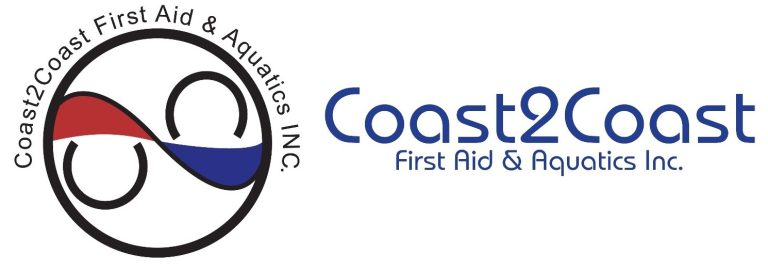Medical emergencies are never an easy thing to deal with, even if you are prepared. If you are caught unprepared and don’t know what to do or how to react, they can be a real nightmare.
People who do not have first aid CPR training tend to panic or freeze. It’s very understandable, and maybe even better than trying to help when you do not know how it’s done. The danger of causing more harm in this scenario is very real.
On the other hand, seeing someone you love – a family member or friend – suffer through a heart attack is one terrible experience, especially with the knowledge that without help, the chance of it resulting in death is significantly higher.
Some Basic Facts Concerning Heart Disease:
Occurrence Rates. According to the center of Disease and Control Prevention, 735,000 Americans suffer a heart attack every year. Consider this number – it is close to a Million. This also means that on average, a heart attack happens every 43 seconds. Many of them are lethal.
Contributing Risk Factors. Heart attacks risk is increased by high blood pressure, high cholesterol levels and smoking. The number of Americans who have at least one of the three is a staggering 49%.
Additional Exacerbating Factors. There are contributors to heart disease and heart attacks. Alcohol abuse, diabetes, excess weight, a poor diet and lack of exercise are part of the list.
What You Can Do When Someone Has A Heart Attack?
Prevention is the best form of treatment. Before it even happens, you can take steps to push a person to change their life habits and reduce the risks of them having an attack to begin with. Treat yourself and your surroundings into a good shape, and you might never have to administer CPR on a loved one.
But if you do, you will be glad to have taken a first aid CPR training course. Reading about it online does help, but only so much. Being trained and actually able to administer this life-saving technique is very important.
What Does CPR Do?
In a heart attack, blood circulation to a person’s body is interrupted – or even stopped entirely – blocking the vital access of oxygen to a person’s brain and other organs. This compression technique you can be taught in a first aid CPR course allows you to artificially push blood through the person’s veins by mechanically constraining the heart via direct pressure to the chest. This is meant to give the person a steady supply of oxygen to the brain, and most importantly, a chance at survival.
It has more uses than with heart attacks, however, and is applicable to a multitude of hard emergency scenarios. What this course allows you to do is take charge of the emergency and help someone survive. Just being able to do it will give you focus and set panic aside, pulling other people in line and significantly reducing the danger of causing more harm.
Be there for someone in need by taking a first aid CPR course today!

















No comment yet, add your voice below!